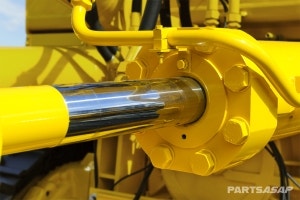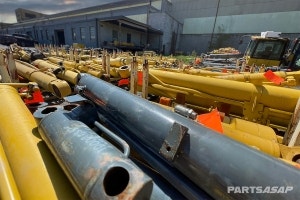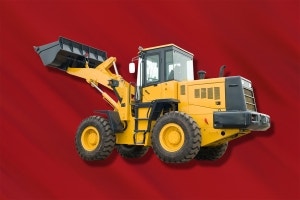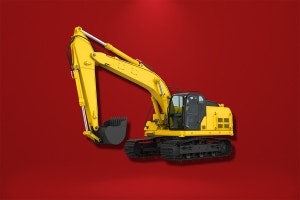Free small package shipping on orders above $249.99
Used Planter Buying Guide | Simple Tips to Find the Right Planter
No account?
Having a customer account enables faster checkout, order tracking online, and (if you want) emails about specials and events.

Planters are a valuable asset, but not everyone can afford a brand-new planter as they command a very high price tag in the neighborhood of $300,00 or more. That’s where used planting equipment becomes the most viable option for many producers.
Many used models still have plenty of life left and, if taken care of, are just as good as new. You’ll get all the performance you need but at a much more affordable price. If you are researching used planters for sale, use the below tips to make your search process more manageable.
What Do You Need?
Today used planters come in a wide range of makes and models. It can be overwhelming to narrow down which planter is suitable for you.
The easiest way to start the process is to identify precisely what you need based on your farming operation now and in the near future. This will help you eliminate models that aren’t quite right for you. The more you can define what you need, the easier it’ll be to find a match that works for you.
Consider the following:
- Property size and how that influences your power needs
- What planters will be compatible with your specific tractor
- What planters will work best with the seeds you are planting
- What is your budget and are you willing to spend more for options to future-proof your purchase?
Do the Research
One of the most favorable aspects about used equipment is most likely other buyers have left reviews and tips, both positive and negative online. This allows you to review several sites to get a real-world view of the make and model you may be interested in. This helps to be on the lookout for any specific trends or consistent issues; if there’s a pattern, pay attention to it.
You might find a particular model challenging to work with and has recurring issues, or another model consistently gets excellent reviews.
Scrutinize
Take a very close look all around and be picky. There might be a fresh coat of paint on the surface, but maintenance issues or looming problems may be hiding below the surface. Make sure to give the planter a thorough inspection before you finalize any purchase. Knowing any issues before you buy is best to negotiate the price.
If being sold by an independent seller, ask why it’s being sold. If you are at a dealership, ask why the previous owner traded it or sold it to them. Ask for maintenance records you could look through, whether there are any replacement parts, etc. The more you know about the equipment, the better you can predict and prepare for its performance and immediate needs for the upcoming season.





